

Imagine trying to assemble a complex puzzle without knowing which pieces form the edges and which make up the center. This is akin to undertaking legal research without understanding the foundational elements of primary and secondary sources of law. For any aspiring attorney or legal scholar, grasping these distinctions isn't just helpful—it's essential.
In your academic journey filled with debate club meetings and moot court preparations, having a clear grasp on what constitutes a primary source versus a secondary source can significantly influence your performance. Primary sources are like the solid corner pieces of your argumentative puzzle—the constitutions, statutes, regulations, and judicial opinions that define the law itself. Diving into these components can provide you with the factual backbone needed for any sound legal analysis.
Primary sources of law are the actual laws themselves, such as constitutions, statutes, regulations, and case law, which serve as the foundation of legal authority. Conversely, secondary sources of law include commentaries, analyses, articles, and books that interpret or discuss these primary laws, providing context and aiding in legal research.
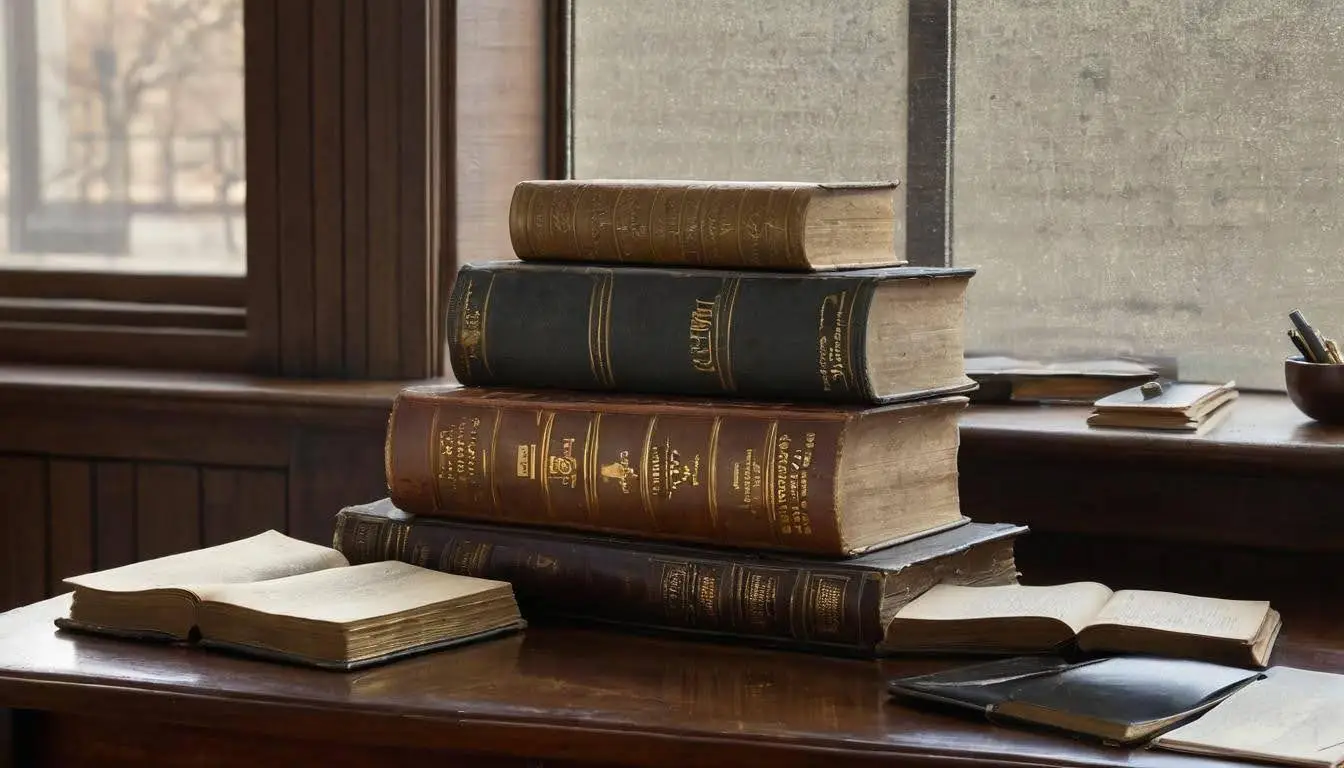
Primary sources of law are the foundational texts and documents that directly establish laws and regulations within a jurisdiction. They provide the bedrock upon which legal authority stands, issued by bodies empowered to create and enforce laws. Constitutions are perhaps the most significant among these, as they provide the overarching legal framework that governs a nation. For instance, the United States Constitution not only outlines the structure of government but also enshrines fundamental human rights that protect citizens from governmental overreach.
Beyond constitutions, statutes—laws enacted by legislatures—play a critical role in shaping everyday legal rules. These statutes can be found in collections like the United States Code, which organizes federal laws into a coherent system, making them accessible for reference. When laws are ambiguous or contested, judicial opinions become vital; these are interpretations issued by courts, especially higher courts like the Supreme Court, which clarify how statutes should be understood and applied. Each decision can set a precedent that becomes binding for lower courts, weaving a complex tapestry of law that evolves over time.
To illustrate this further: Think of primary sources of law as the roots of a tree, nurturing and supporting the entire structure of the legal system above ground, which includes secondary sources like commentaries and analyses.
Moreover, it’s important to recognize that maintaining access to primary sources is crucial for anyone involved in legal research or practice. By understanding how to locate and interpret these original documents—whether you're drafting legal arguments or seeking justice yourself—you equip yourself with tools vital for effective navigation within legal contexts. The clarity they bring supports broader societal functions such as governance, accountability, and order.
With this foundation laid out on primary sources, we can now explore specific key examples that illustrate their significance in the legal landscape.
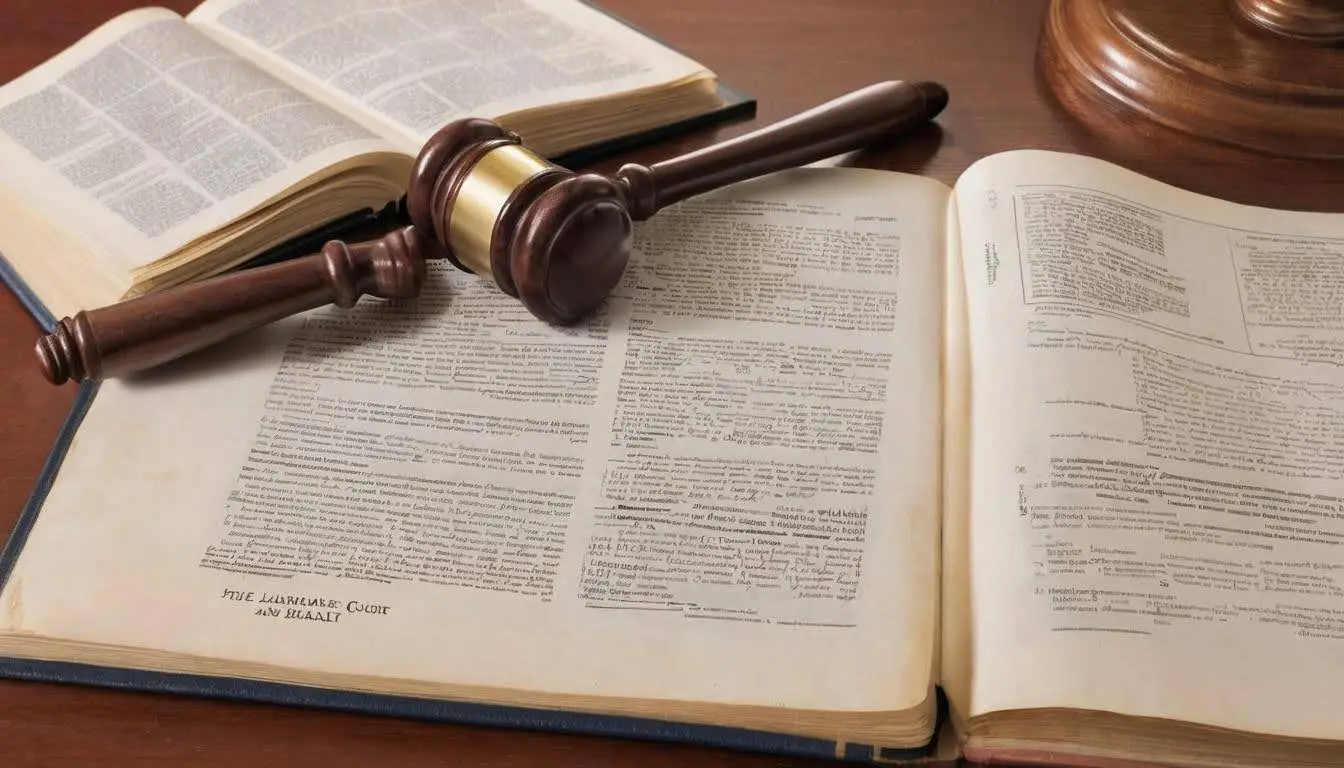
Constitutions stand at the pinnacle of legal authority within a jurisdiction. They are foundational documents that define how a government operates. For instance, consider the U.S. Constitution: it outlines the structure of the federal government and delineates individual rights in the Bill of Rights. This means that when we talk about fundamental freedoms like speech and religion, they're protected under this supreme law. If a conflict arises between state laws and constitutional mandates, the constitution prevails.
Moving from constitutions, we shift to statutes, which are equally essential.
Statutes are formal written laws enacted by legislative bodies, such as Congress or state legislatures. They detail specific legislative intent and provide guidance on various matters, shaping much of our daily lives. A prime example is the Civil Rights Act of 1964, which was groundbreaking legislation banning discrimination on various grounds such as race, color, religion, sex, or national origin. Such statutes establish legal standards and reflect societal values at a given time.
While statutes provide broad legal frameworks, regulations provide implementation details.
Regulations emerge from governmental agencies tasked with enforcing statutes. These rules offer clarity and operational guidelines necessary for implementing legislative intent. For instance, the Environmental Protection Agency (EPA) issues regulations defining air quality standards to protect public health and the environment. These regulations can be dense and technical but carry the full weight of law, with violations resulting in severe penalties.
Lastly, let’s discuss judicial opinions, which serve not just as interpretations but also as powerful precedents.
Judicial opinions interpret statutes and regulations in light of real-world cases. Opinions rendered by higher courts often set precedents that lower courts must follow; thereby influencing future rulings and interpretations. The landmark Brown v. Board of Education case invalidated state laws establishing separate public schools for black and white students, fundamentally reshaping educational equality in America. When courts issue opinions like these, they clarify and advance legal thought.
Understanding these sources enhances our grasp on how law functions at various levels. Each source plays a unique role in weaving together a comprehensive legal framework that governs society's complexities.
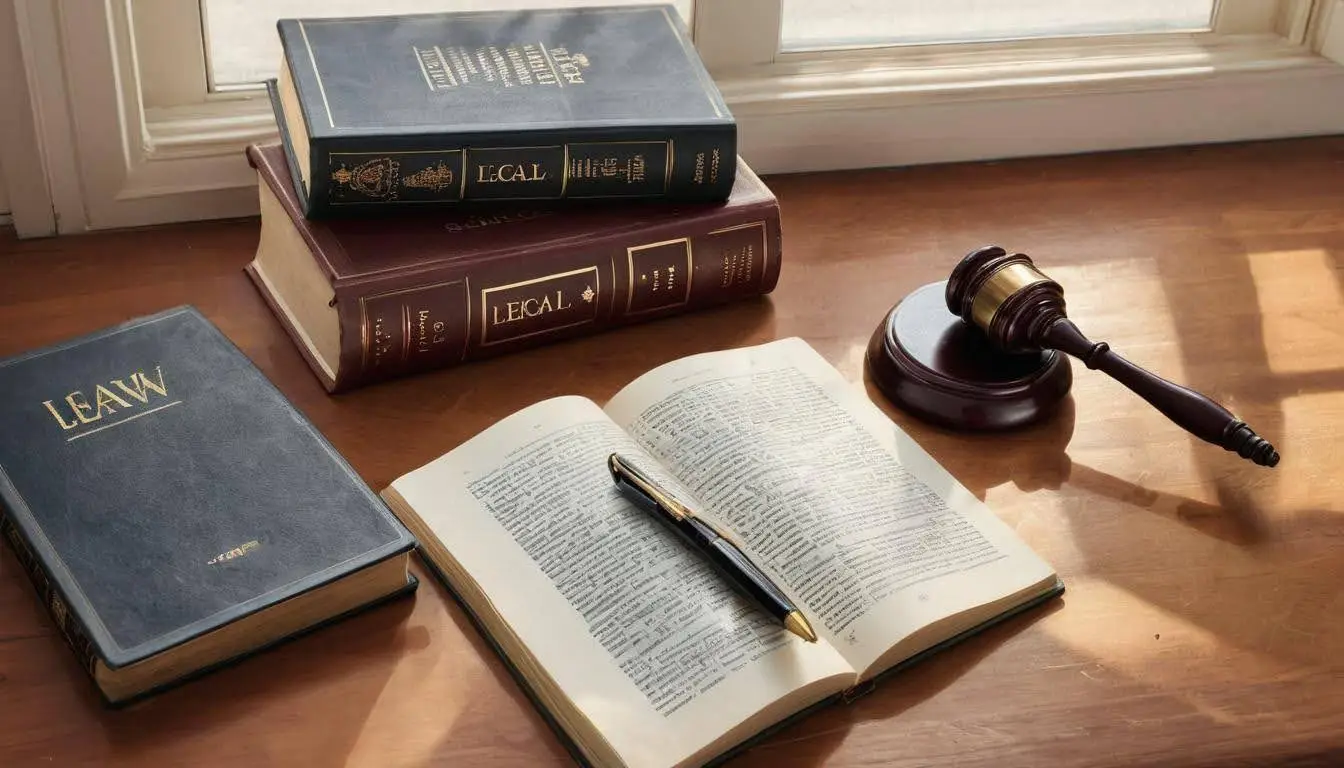
Secondary sources of law provide vital insights into the legal landscape by interpreting, analyzing, and commenting on primary legal materials. They assist individuals, whether seasoned lawyers or enthusiastic students, in navigating the often murky waters of complex legal principles. Importantly, while they enrich our understanding and guide us in finding relevant primary sources, secondary sources carry no authority in court settings; they cannot be cited as law.
To illustrate this concept further, secondary sources encompass a wide array of materials, including legal encyclopedias, treatises, law review articles, and various legal commentaries. Think of them as the lens through which one can examine the laws themselves. Each of these resources functions as a scholarly instrument designed to discuss and elucidate the contents and contexts of primary laws.
For instance, legal encyclopedias break down vast areas of law into digestible portions, offering definitions and explanations suitable for those unfamiliar with specific terms. Treatises explore specialized areas, providing comprehensive analyses that could be pivotal during case preparations. Law review articles reflect current legal discussions and debates, offering perspectives from scholars and practitioners alike. This continuous dialogue within the realm of law enhances our understanding and drives the evolution of legal concepts as society progresses.
While engaging with secondary sources is invaluable for gaining context and details about primary law, one should always verify information against primary sources when making a legal argument or decision.
Furthermore, recognizing how these secondary resources fit into the broader scope of legal research is crucial for anyone aiming to develop a robust understanding of the law. Next, we will explore notable examples that showcase the significance of these essential tools.

Among the most valuable tools for legal professionals and researchers are legal encyclopedias. These resources serve as comprehensive overviews of various legal topics. A notable example is the Gale Encyclopedia of American Law, which synthesizes complex areas of law into accessible summaries. While these encyclopedias provide a solid foundation for understanding legal principles, they do not carry the same weight as primary sources. They are excellent for yielding essential background information but should not replace thorough research into case law or statutes.
Next, we often turn to legal dictionaries for clarity on terminology.
Dictionaries such as Black's Law Dictionary are invaluable for navigating the intricate language of the law. Their precise definitions act like a compass in the dense forest of legal jargon, allowing readers to pinpoint the meaning of terms that may appear intimidating at first glance. However, while these dictionaries are authoritative for definitions, cross-referencing them with primary sources ensures one fully grasps context—after all, laws can have nuanced implications depending on how they are applied in various jurisdictions.
In addition to dictionaries, law reviews and journals serve as crucial conduits for scholarly discourse within the field of law.
Publications such as the Yale Law Journal feature articles authored by legal experts who meticulously analyze current legal issues. These pieces reflect trends in legal thought and engage in deeper discussions about judicial interpretations and policy implications surrounding different areas of law. Readers find these journals instrumental in staying updated with emerging legal theories and methodologies, enriching their understanding and practice of law.
Moving forward from journals, we have legal treatises, which offer exhaustive explorations of specific legal domains.
Treatises like Criminal Law in a Nutshell stand out due to their depth and clarity when covering substantive areas of law. These texts become vital resources for practitioners seeking comprehensive knowledge on particular subjects because they distill vast amounts of information into manageable discussions. Legal treatises summarize established principles and elaborate on recent developments, equipping lawyers with insights necessary for effective advocacy.
Finally, let’s not overlook the utility of manuals and guides in practical applications of law.
Practice manuals, such as the Washington Practice Manual, guide attorneys through procedural nuances and workflows associated with various areas of practice. These manuals summarize procedures in accessible formats that save time and ensure compliance with local rules. Although they do not possess legal authority themselves, they are exceptionally useful tools that enhance efficiency and effectiveness in daily legal tasks.
Utilizing these secondary sources appropriately will allow individuals engaged in the legal field to better navigate complex scenarios while ensuring their foundational knowledge remains robust and informed. With these tools explored, we can now examine how these various elements work together seamlessly within the framework of legal research.
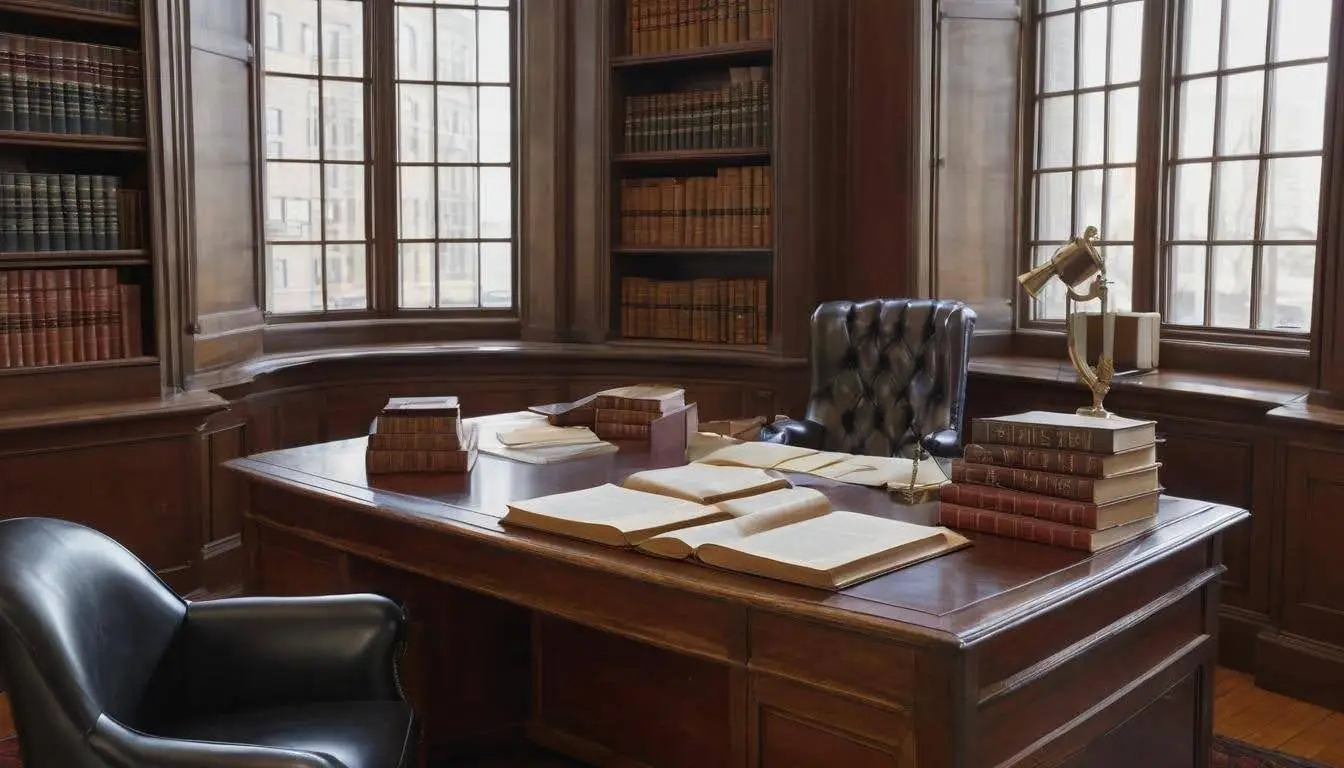
The interaction between primary and secondary sources forms the backbone of effective legal inquiry. Primary sources provide the actual laws, regulations, and judicial opinions, which serve as the definitive rules that govern society. These foundational texts give researchers the raw material they need to consider an issue fully. However, without the context and insight offered through secondary sources—like textbooks, articles, and commentaries—this raw material can seem overwhelming or obscure.
Imagine trying to read an ancient script without a translator. You might get some of it, but much would likely slip through your fingers without proper guidance.
Secondary sources act as guides through this complex landscape, illuminating how various legal principles can be interpreted and applied. For instance, when reading a case ruling from the Supreme Court, you may find it quoted in law review articles or textbooks that discuss its implications. By analyzing the case, these secondary sources not only provide a summary but also offer interpretations that highlight its significance in future legal contexts.
Additionally, secondary sources often critique or challenge primary sources, encouraging ongoing dialogue within the legal community. This is crucial because laws don't exist in a vacuum; they are always evolving.
As laws change or new judicial interpretations emerge, secondary sources play a vital role in tracking these developments and explaining their impact. They reveal how courts might apply a statute or precedent differently in future cases, aiding practitioners in anticipating how similar legal issues could be resolved later on.
Moreover, using secondary sources effectively can save time for legal researchers. Instead of sifting through vast amounts of legislation and case law to locate relevant material, one can rely on scholarly critiques and analyses that point directly to the most pertinent primary sources. It is like having an experienced guide lead you through an extensive museum: instead of wandering aimlessly, you gain insights and deeper understanding from someone who already knows what matters.
Recognizing this interplay not only enhances your understanding but also equips you with better tools for navigating the complexities of legal research processes. As we explore further, the emphasis will shift towards practical applications of these legal resources.
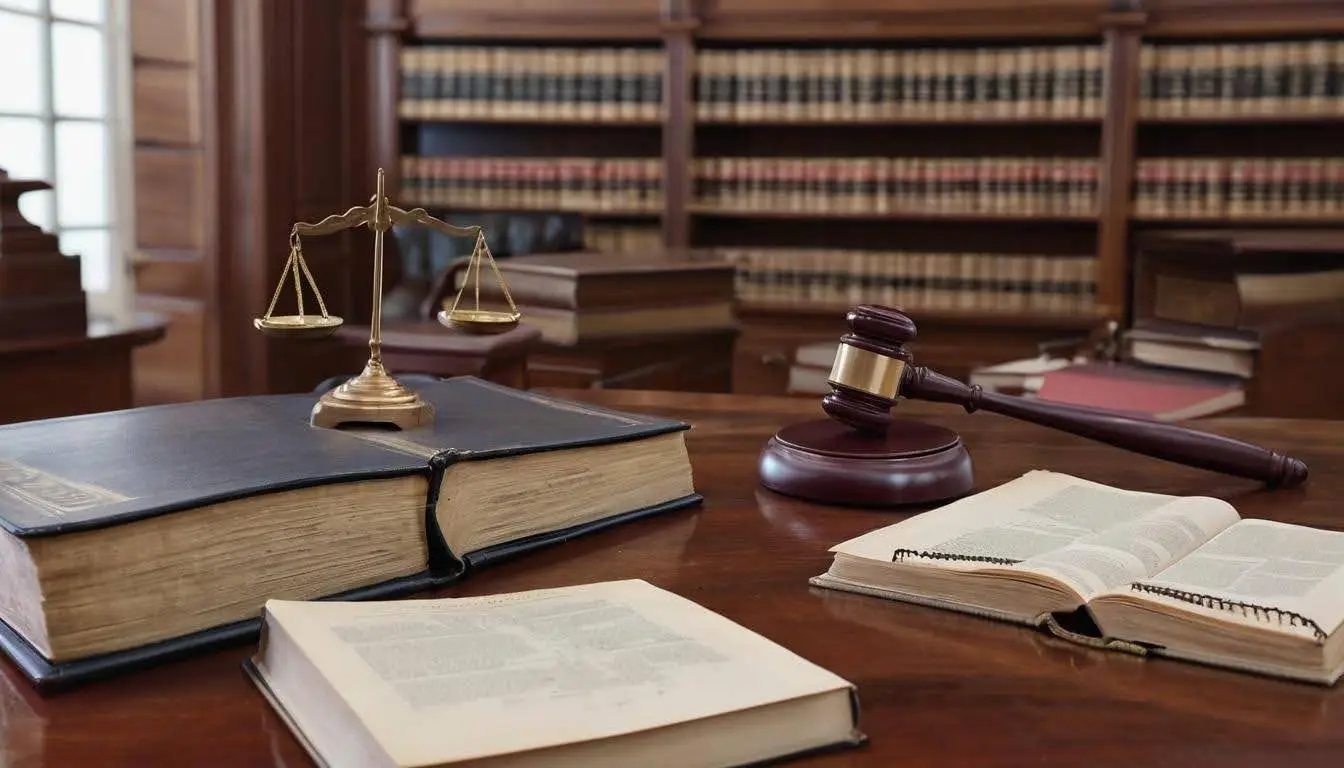
Effective legal research relies not only on the types of sources you choose but also on how you engage with them. The objective is to move from a broad understanding to precise legal arguments. Begin your journey by identifying your specific legal issue; having clear focus will guide each subsequent step of your research process.
As you navigate through the intricacies of legal research, follow this structured approach:
Engaging deeply with both types of sources enriches the quality of your legal analysis, tying together theoretical principles with practical application.
By following this methodical process, you elevate the quality of your legal research significantly, ensuring that every assertion you make stands firmly grounded within both primary and secondary contexts.
Incorporating this structured approach enables one to navigate the complexities of legal research effectively and confidently tackle any legal challenge with clarity.
Law Resource, a trusted name in legal advocacy, is revolutionizing the way accident victims and consumers access vital legal information.